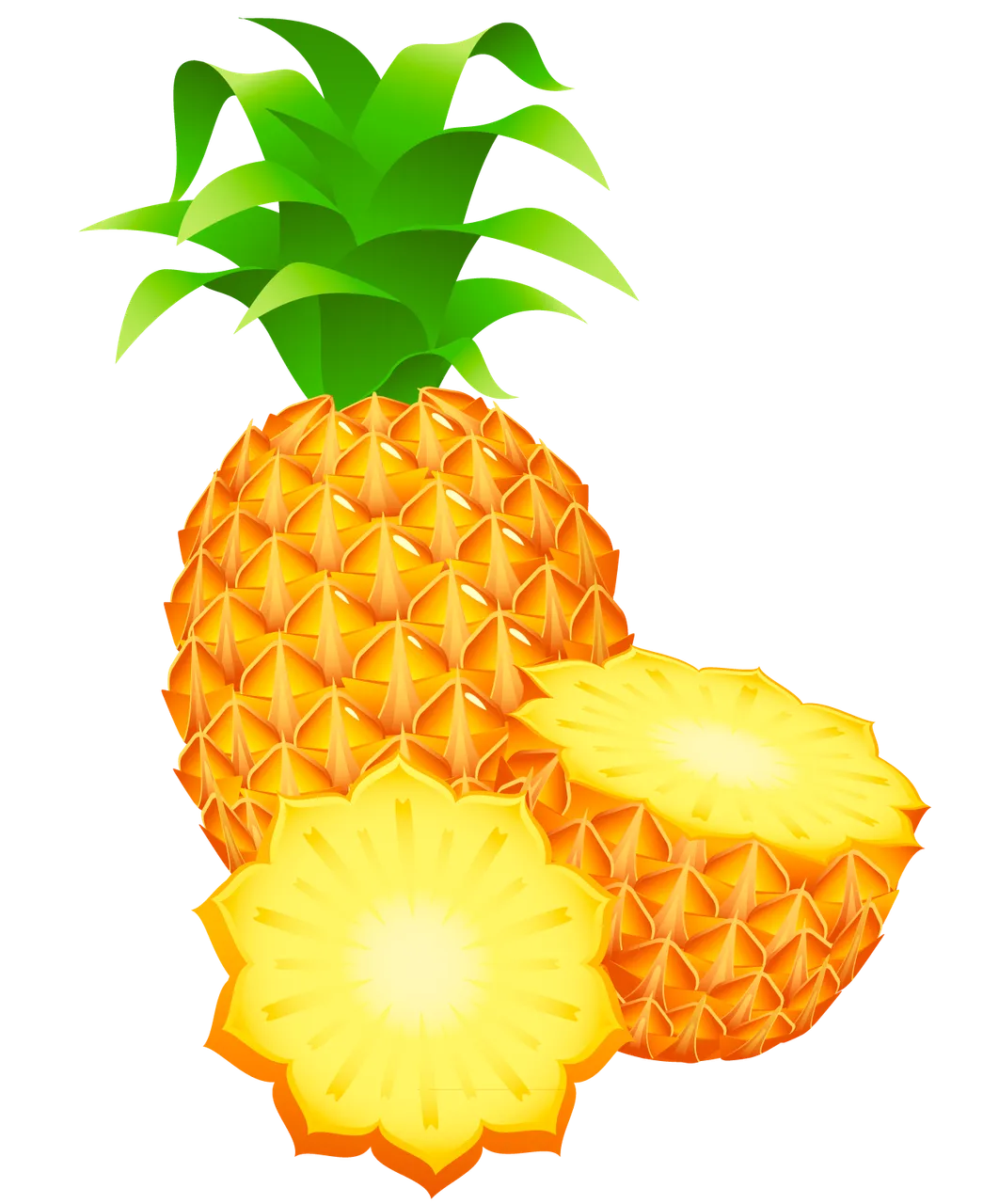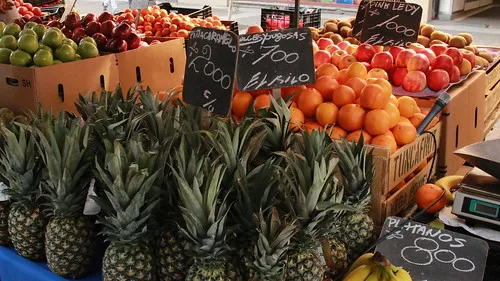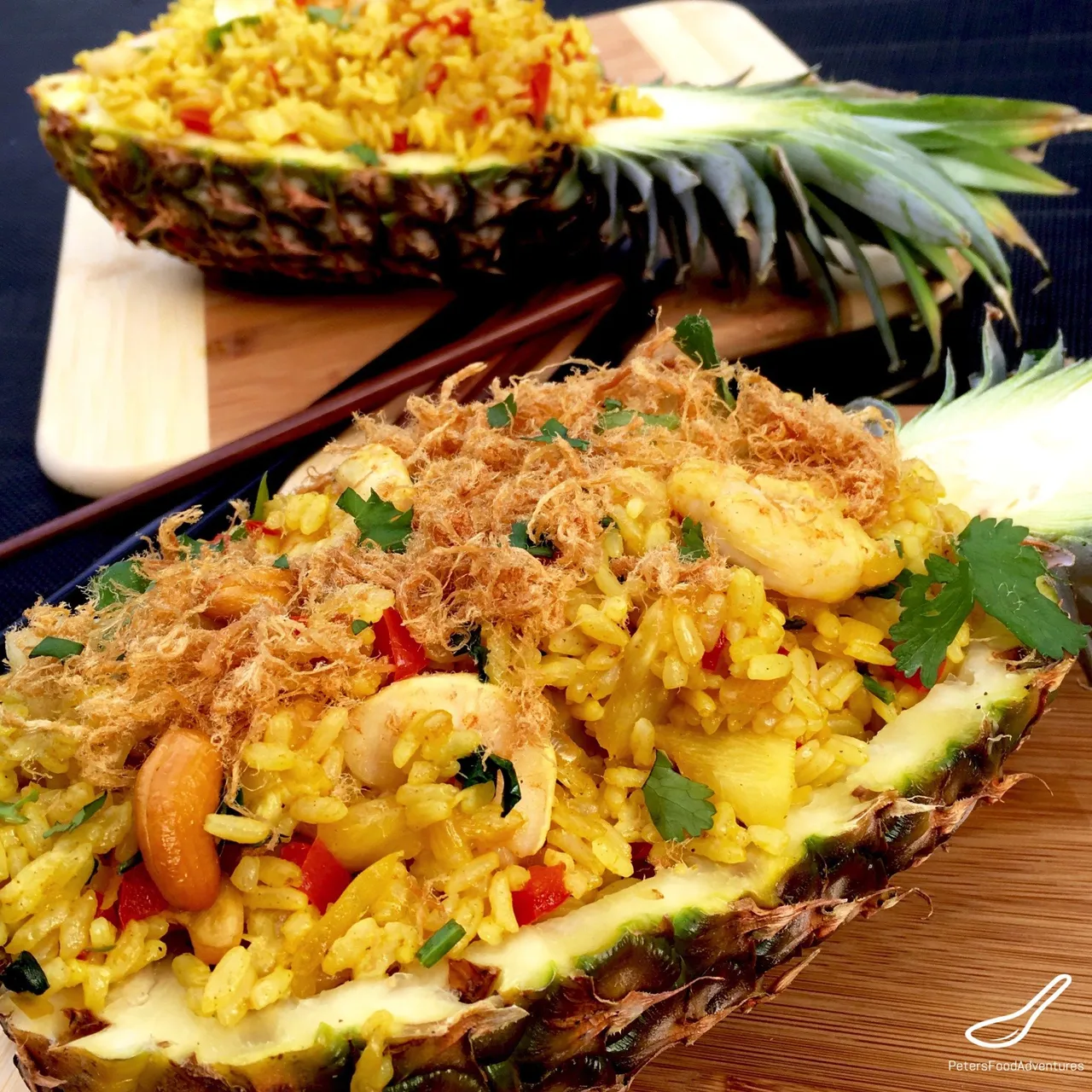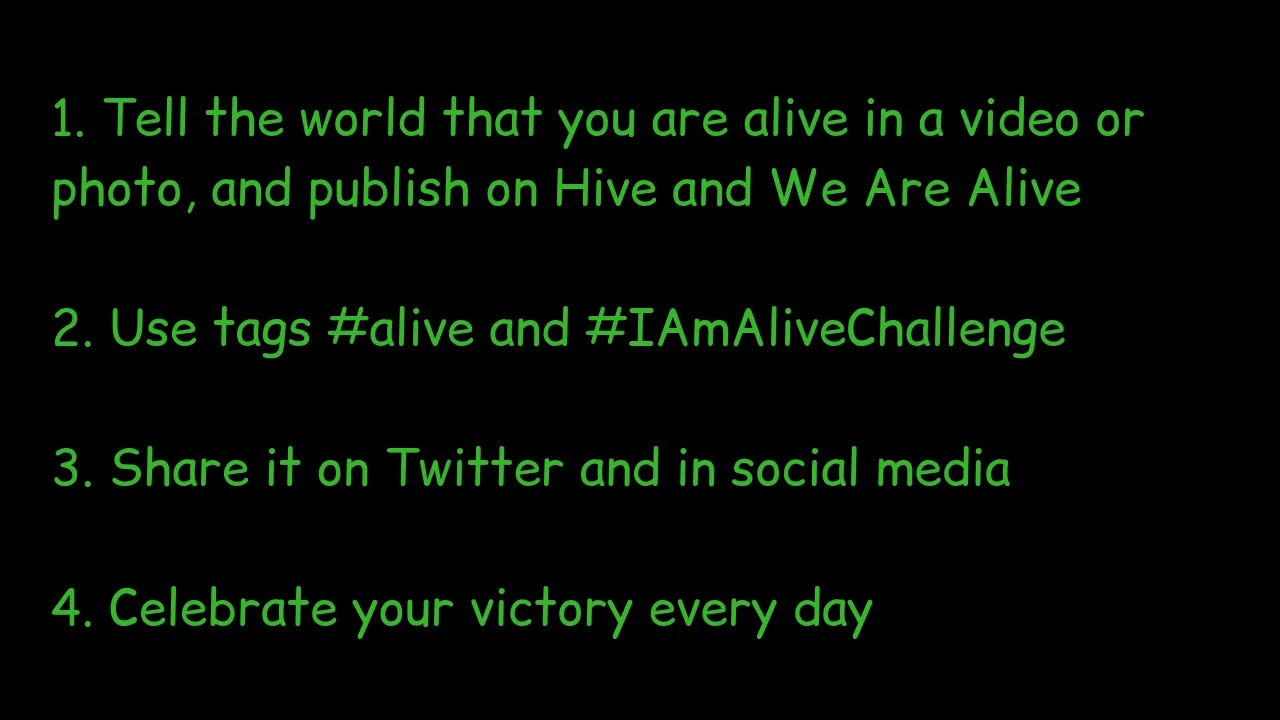My day has been uneventful, even though I heard that my brother had a bit of a hectic day fixing things to the water pipes at home. In general, my #life is calm, but if I had been with my brother in the morning, it would have been a more hectic day for me. In short, there is little to tell, as usually happens to me. Despite the fact that this daily publication is a kind of life record that was born a little over three years ago, as a publication exercise to keep track of the time lived in quarantine, currently, I tend to focus more on the publication. review and commentary of some of the ephemeris of the #History that corresponds to each day.
+++
+++
Mi día ha sido tranquilo, a pesar de que me enteré de que mi hermano tuvo un día un poco agitado reparando cosas de las tuberías de agua en casa. En general mi #vida la llevo en calma, pero de haber estado con mi hermano en la mañana de seguro que me habría resultado un día más agitado. En fin, hay poco que contar, tal como suele sucederme. A pesar de que esta publicación diaria es una especie de registro de vida que nació hace poco más de tres años, como un ejercicio de publicación para llevar la cuenta del tiempo vivido en la cuarentena, en la actualidad, suelo enfocar más la publicación en la revisión y comentario de alguna de las efemérides de la #Historia que corresponde a cada día.
+++
+++

Image's Source - Fuente de la Imagen
Being as I tell it, it is better that I go on to narrate about the topic of today's date, which turns out to have to do with #cooking, or rather with a product of #nature, a #fruit, that is used in many different ways in the #kitchen. Today is 'World Pineapple Day', also called #Anana. Despite the fact that I searched with some insistence, I could not find the explanation of why this fruit is celebrated on June 27 of each year.
Pineapple is native to the American continent… I was surprised, because I thought it was a fruit of African origin, and I have seen it as part of South Asian cuisine for many years. But the references that I read say that it is a fruit that was popularized by the Europeans during their 16th century colonization voyages, beginning with Columbus, who saw this fruit on a Caribbean Island, and it is speculated that it originally came from the territory of what is now It's Brazil.
+++
Pineapple is native to the American continent… I was surprised, because I thought it was a fruit of African origin, and I have seen it as part of South Asian cuisine for many years. But the references that I read say that it is a fruit that was popularized by the Europeans during their 16th century colonization voyages, beginning with Columbus, who saw this fruit on a Caribbean Island, and it is speculated that it originally came from the territory of what is now It's Brazil.
+++
Siendo tal como lo cuento, es mejor que pase a narrar sobre el tema de la fecha de hoy, que resulta que tiene que ver con la #cocina, o más bien con un producto de la #naturaleza, una #fruta, que se usa de maneras muy variadas en la cocina. Hoy es el ‘Día Mundial de la Piña’, también llamada ananá o pineapple (en inglés, aunque en un inicio este último término se refería al cuerpo apiñonado de semillas de árboles sempiternos, como el pino). A pesar de que busqué con algo de insistencia, no logré hallar la explicación de porque se celebra a esta fruta el 27 de junio de cada año.
La piña es nativa del continente americano… yo me sorprendí, pues pensaba que era una fruta de origen africano, y la he visto como parte de la gastronomía del sur de Asia durante muchos años. Pero, las referencias que leí dicen que es una fruta que fue popularizada por los europeos durante sus viajes de colonización del Siglo XVI, comenzando con Colón, que vio esta fruta en una isla caribeña y se especula que originalmente provenía del territorio de lo que actualmente es Brasil.
+++
La piña es nativa del continente americano… yo me sorprendí, pues pensaba que era una fruta de origen africano, y la he visto como parte de la gastronomía del sur de Asia durante muchos años. Pero, las referencias que leí dicen que es una fruta que fue popularizada por los europeos durante sus viajes de colonización del Siglo XVI, comenzando con Colón, que vio esta fruta en una isla caribeña y se especula que originalmente provenía del territorio de lo que actualmente es Brasil.
+++

Image's Source - Fuente de la Imagen
According to the story, this fruit, born from a #plant that reaches a low height, being more of a grass than a tree, if we take it for its height, was very well received by European explorers, its flavor, its high concentration of vitamins (which must have helped a lot to alleviate scurvy), its ease of transport, and also the fact that it could be used to ferment and make a drink that resembles an alcoholic drink, among many other characteristics, made it popular.
Perhaps that is why it is known as the 'Queen of Tropical Fruits', in addition to the fact that the upper part of the fruit, the remnant of leaves it has, actually looks like a crown. Finally, thanks to these sailors from the era of European colonization to America, the #pineapple was taken to other continents, including Asia, where the Spanish and Portuguese established colonies in those same centuries. This explains to me to a large extent that its use in the kitchen of that part of Asia is widespread and is considered very traditional.
+++
Perhaps that is why it is known as the 'Queen of Tropical Fruits', in addition to the fact that the upper part of the fruit, the remnant of leaves it has, actually looks like a crown. Finally, thanks to these sailors from the era of European colonization to America, the #pineapple was taken to other continents, including Asia, where the Spanish and Portuguese established colonies in those same centuries. This explains to me to a large extent that its use in the kitchen of that part of Asia is widespread and is considered very traditional.
+++
Según se cuenta, esta fruta, nacida de una #planta que alcanza poca altura, siendo más una hierba que un árbol, si lo tomamos por su altura, fue muy bien recibida por los exploradores europeos, su sabor, su alta concentración de vitaminas (que debe haber ayudado mucho a aliviar el escorbuto), su facilidad de transporte, y también el que se pudiera usar para fermentar y fabricar una bebida que asemeja una bebida alcohólica, entre otras muchas características, la hicieron popular.
Quizás por eso es que se le conoce como la ‘Reina de las Frutas Tropicales’, además de que la parte superior de la fruta, el remanente de hojas que tiene, parece en realidad una corona. En fin, gracias a estos navegantes de la era de la colonización europea hacia América, se llevó la piña a otros continentes, incluyendo al Asia, en donde españoles y portugueses establecieron colonias en esos mismos siglos. Es me explica en buena parte que su uso en la cocina de esa parte de Asia este extendido y se considere muy tradicional.
+++
Quizás por eso es que se le conoce como la ‘Reina de las Frutas Tropicales’, además de que la parte superior de la fruta, el remanente de hojas que tiene, parece en realidad una corona. En fin, gracias a estos navegantes de la era de la colonización europea hacia América, se llevó la piña a otros continentes, incluyendo al Asia, en donde españoles y portugueses establecieron colonias en esos mismos siglos. Es me explica en buena parte que su uso en la cocina de esa parte de Asia este extendido y se considere muy tradicional.
+++

Thai Pineapple Fried Rice + Arroz frito tailandés con piña
Image's Source - Fuente de la Imagen
My brother commented that, in our country, #Venezuela, we use pineapple as a fruit, either for drinks, sweets or to eat it raw, but in other parts it is used in cooked preparations, whether in stews, soups, or other preparations. It includes things as experimental and, sometimes controversial, as the 'Hawaiian Pizza', whose recipe was originally created in a pizzeria in Canada, but which really arouses very extreme reactions, both against and in favor.
Well, I suppose that I have already said everything that I wanted to share, so I say goodbye, wishing you that you are well and that we can read each other again another time.
+++
Well, I suppose that I have already said everything that I wanted to share, so I say goodbye, wishing you that you are well and that we can read each other again another time.
+++
Comentaba mi hermano que, en nuestro país, #Venezuela, usamos la piña como una fruta, ya sea para bebidas, dulces o para comerla cruda, pero en otras partes se usa en preparaciones cocidas, ya sea en guisados, sopas, u otras preparaciones. Incluyo en esto cosas tan experimentales y, en ocasiones controversiales, como la ‘Pizza Hawaiana’, cuya receta fue originalmente creada en una pizzería en Canadá, pero que de verdad que despierta reacciones muy extremas, tanto en su contra como a su favor.
Bien, supongo que ya he dicho todo lo que quería compartir, así que me despido, deseándote que tú estés bien y que nos podamos leer de nuevo en otra oportunidad.
+++
Bien, supongo que ya he dicho todo lo que quería compartir, así que me despido, deseándote que tú estés bien y que nos podamos leer de nuevo en otra oportunidad.
+++

This post, on the #blockchain #Hive, is in the We Are Alive Tribe community, it's part of the #IAmAliveChallenge
This challenge is an initiative of @flaxz
The 4 points to join the #IAmAliveChallenge, includes using the hashtag #alive to post to We Are Alive Tribe and earn ALIVE tokens.
This challenge is an initiative of @flaxz
The 4 points to join the #IAmAliveChallenge, includes using the hashtag #alive to post to We Are Alive Tribe and earn ALIVE tokens.
Esta publicación, en la #blockchain #Hive, está en la comunidad We Are Alive Tribe, es parte del #IAmAliveChallenge
Este desafío es iniciativa de @flaxz
Los 4 puntos para unirte al #IAmAliveChallenge, incluyen el uso de la etiqueta #alive para publicar en We Are Alive Tribe y ganar tokens ALIVE.
Este desafío es iniciativa de @flaxz
Los 4 puntos para unirte al #IAmAliveChallenge, incluyen el uso de la etiqueta #alive para publicar en We Are Alive Tribe y ganar tokens ALIVE.
